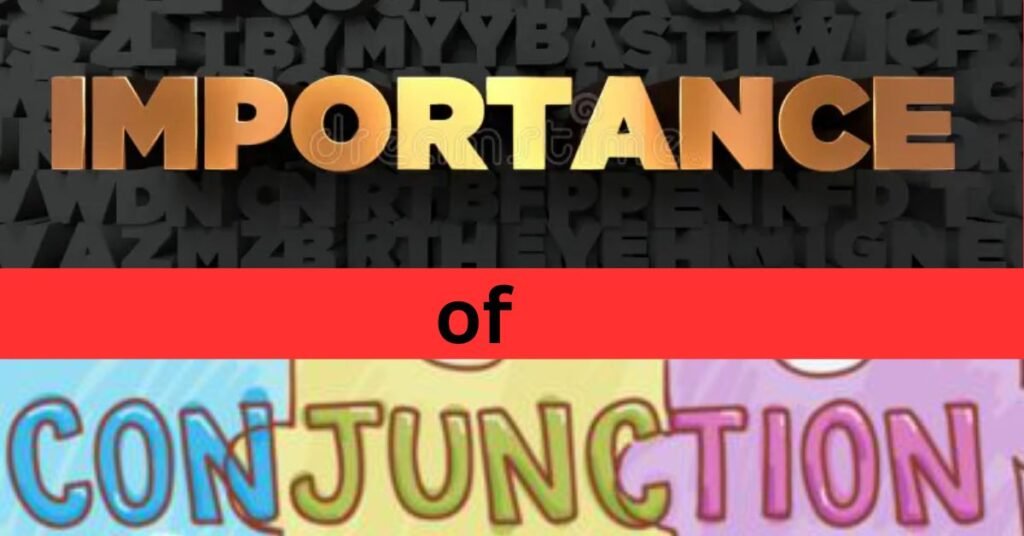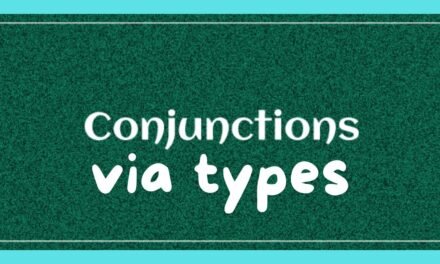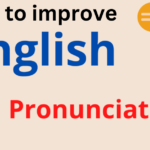Adjectives with their types: The Spice of Your Sentences
These are the building blocks of vivid descriptions, the sprinkles on your writing cupcake. They add flavor and detail, bringing your nouns and pronouns to life. But adjectives are more than just colorful additions; they play a crucial role in crafting clear and concise sentences.
This comprehensive guide will delve into the wonderful world of beauties, exploring their types, uses, and how they can elevate your writing to new heights.
What are Adjectives?
These are a fundamental part of speech that modify nouns or pronouns. They provide additional information about the person, place, thing, or idea being described.
Here are some examples:
- The red car sped down the road. (Red describes the car)
- She wore a flowing dress. (Flowing describes the dress)
- The mountain peak was covered in snow. (Mountain describes peak)
By adding this, you paint a more detailed picture for your readers, allowing them to visualize the subject more clearly.

Unveiling the Different Types
It come in various flavors, each serving a specific purpose in your sentence. Here are the main types to get you acquainted:
Descriptive
These are the most common types, providing details about the appearance, size, shape, texture, sound, smell, taste, or feel of something.
- Example: The warm sun beamed down on the sandy beach. (Warm describes sun, sandy describes beach)
Proper
Formed from proper nouns, they identify a specific person, place, or thing.
- Example: I visited the Eiffel Tower in Paris. (Eiffel Tower and Paris are proper nouns used as adjectives)
Demonstrative
- These point to a specific noun or pronoun, indicating nearness or distance.
- Example: This book is mine, and that one belongs to her. (This and that are demonstrative adjectives)
Possessive
- They indicate ownership or belonging.
- Example: My cat chased its tail. (My and its are possessive adjectives)
Interrogative
- Used in questions to ask about a noun or pronoun.
- Example: Which hat are you going to wear? What kind of music do you like? (Which and what are interrogative adjectives)
Quantitative
- They specify a quantity or amount.
- Example: I have five apples. There are many stars in the sky. (Five and many are quantitative adjectives)
- Articles: “A,” “an,” and “the” are special adjectives that determine whether a noun is specific or unspecific.
- Example: I saw a bird in the park. The bird was singing a beautiful song. (A and the are articles)

Comparative and Superlative Adjectives: The Art of Comparison
IT can also be used to compare nouns or pronouns. Here’s how:
Comparative
- Used to compare two things. They often end in -er or use “more” or “less” before the adjective.
- Example: The red car is faster than the blue car. Her dress is more flowing than mine.
Superlative
- Used to indicate the most or least of a quality in a group of three or more. They typically end in -est or use “most” or “least” before the adjective.
- Example: The red car is the fastest of the three. Her dress is the most flowing in the room.
Putting it All Together: Use it Effectively
Now that you’re familiar with the different types, let’s explore how to use them effectively in your writing:
- Variety is Key:
Don’t overuse the same adjectives. Explore a thesaurus to find synonyms that better capture the specific nuance you’re aiming for.
-
Specificity Matters:
Instead of using generic adjectives like “good” or “bad,” opt for more specific ones that paint a clearer picture. For example, instead of “good food,” use “delicious food.”
-
Placement Matters:
Adjectives can come before the noun they modify (attributive) or after a linking verb (predicative).
- Attributive: The tall tree swayed in the wind.
- Predicative: The house looked abandoned.
-
Comma Power:
When using multiple coordinate adjectives (describing the same noun), separate them with commas.
- Example: The old, rickety house stood on the hill.

Conclusion
Adjectives are the colorful characters of the language world, adding details and descriptions to bring your sentences to life. By understanding the different types of adjectives, from descriptive to demonstrative, you can wield this grammatical tool with confidence. Whether you’re aiming for clear communication or crafting vivid imagery, mastering adjectives empowers you to express yourself more effectively. So, dive deeper into the world of beauties and unleash your inner wordsmith!









I got what you mean , thankyou for posting.Woh I am glad to find this website through google. “I was walking down the street wearing glasses when the prescription ran out.” by Steven Wright.
Nice blog right here! Also your site rather a lot up very fast! What web host are you the usage of? Can I am getting your associate hyperlink on your host? I wish my site loaded up as fast as yours lol
Hello my family member! I want to say that this post is awesome, great written and come with approximately all vital infos. I would like to look extra posts like this .